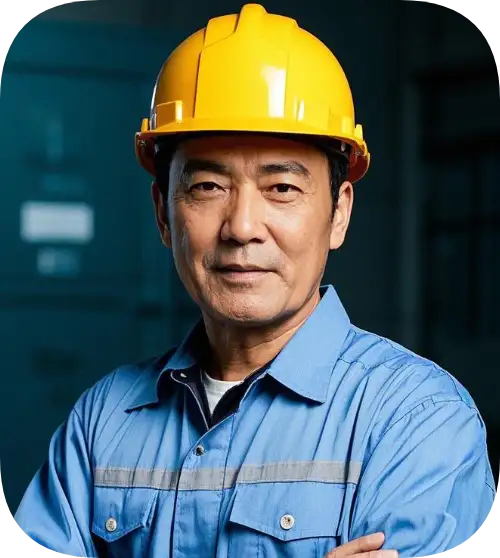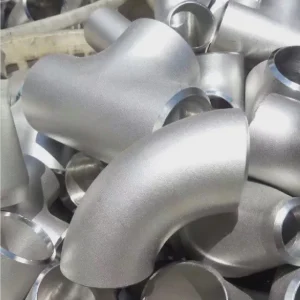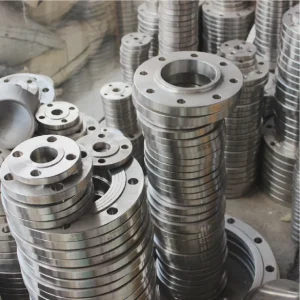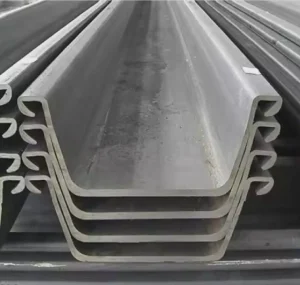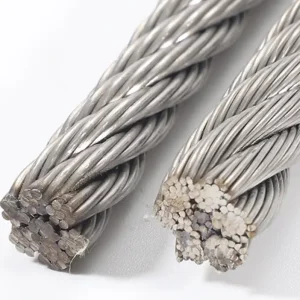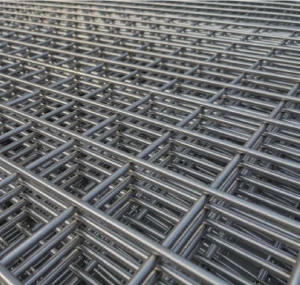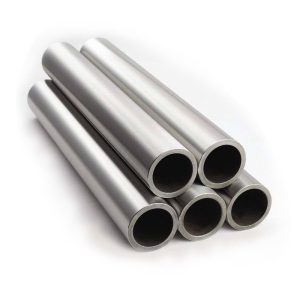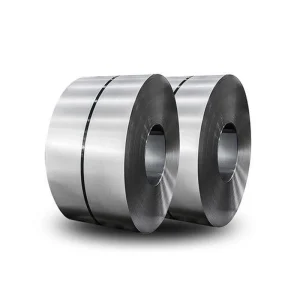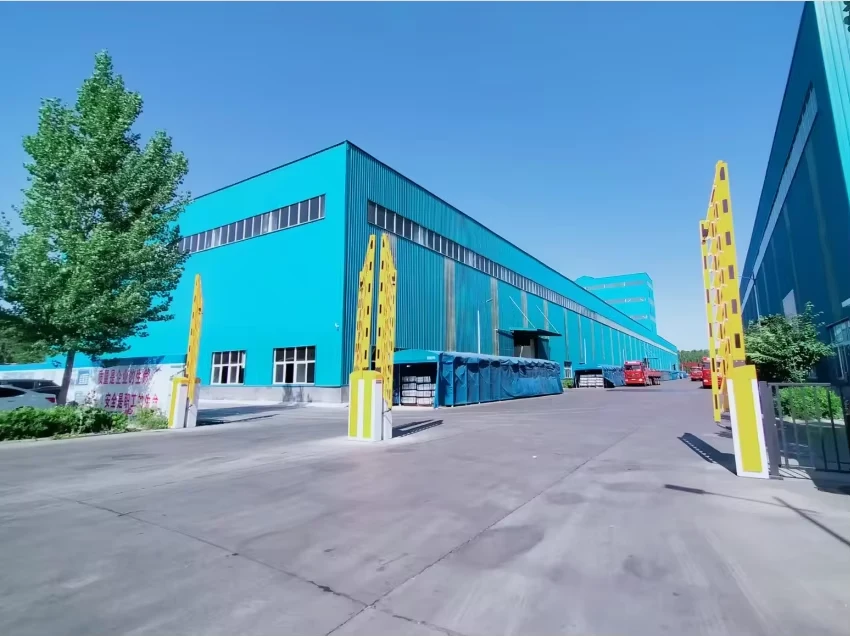Top 5 Applications of Color Coated Galvalume Steel Coil (PPGL) in Construction & Industry
Color Coated Galvalume Steel Coil (PPGL) has emerged as a preferred material in various sectors due to its exceptional durability, aesthetic appeal, and versatility. This article delves into the top five applications of PPGL in construction and industry, highlighting its advantages, challenges, and real-world examples.
1. Roofing Solutions: Durability Meets Aesthetics
The Challenge
Traditional roofing materials often succumb to corrosion and fading over time, leading to increased maintenance costs and reduced lifespan.
The PPGL Advantage
PPGL offers superior corrosion resistance, thanks to its aluminum-zinc alloy coating. This composition not only enhances durability but also provides a sleek, modern appearance that can be customized with various colors and finishes. According to COSASTEEL, PPGL's reflective properties contribute to energy efficiency in buildings by reducing heat absorption .
Real-World Example
In a recent project in Las Vegas, a commercial building utilized PPGL roofing to withstand the region's harsh climate. The result was a significant reduction in cooling costs and minimal maintenance requirements over a five-year period.
2. Wall Cladding: Enhancing Structural Integrity and Design
The Challenge
Exterior walls are exposed to environmental elements, leading to potential degradation and aesthetic wear.
The PPGL Advantage
PPGL's robust coating provides excellent protection against corrosion and weathering, ensuring the longevity of wall cladding. Its availability in various colors and finishes allows architects to achieve desired aesthetics without compromising on durability.
Real-World Example
A residential complex in Dubai incorporated PPGL wall cladding to achieve a contemporary look. The cladding not only enhanced the building's appearance but also provided effective insulation, contributing to energy savings.
3. Structural Components: Strength and Longevity
The Challenge
Structural elements are subject to stress and environmental factors, necessitating materials that offer both strength and resistance to corrosion.
The PPGL Advantage
PPGL's high tensile strength and corrosion resistance make it ideal for use in structural components such as beams, columns, and purlins. This ensures the integrity and longevity of the structure.
Real-World Example
In a bridge construction project in Singapore, PPGL was used for structural components. The material's resilience contributed to the bridge's durability, withstanding the region's tropical climate and heavy rainfall.
4. Pre-Engineered Buildings (PEBs): Efficiency in Construction
The Challenge
Traditional building methods can be time-consuming and labor-intensive, leading to increased costs and extended project timelines.
The PPGL Advantage
PPGL is extensively used in the construction of Pre-Engineered Buildings (PEBs) due to its lightweight nature and ease of fabrication. This facilitates faster construction times and cost savings.
Real-World Example
A manufacturing facility in India employed PPGL for its PEB structure. The use of PPGL allowed for rapid assembly, reducing construction time by 30% compared to conventional methods.
5. Solar Panel Mounting Structures: Sustainability and Strength
The Challenge
Solar panel installations require mounting structures that can withstand various environmental conditions without compromising on performance.
The PPGL Advantage
PPGL's corrosion resistance and strength make it an excellent choice for solar panel mounting structures. Its reflective properties also contribute to the overall energy efficiency of the installation.
Real-World Example
A solar farm in California utilized PPGL for its mounting structures. The result was a durable and efficient setup, with the structures enduring extreme weather conditions without degradation.
⚠️ Common Misconceptions About PPGL
-
Misconception: PPGL is only suitable for roofing applications.
-
Reality: PPGL's versatility extends to wall cladding, structural components, PEBs, and solar panel mounting structures.
-
-
Misconception: All color-coated steel coils are the same.
-
Reality: The aluminum-zinc alloy coating in PPGL provides superior corrosion resistance compared to traditional galvanized steel.
-
-
Misconception: PPGL is more expensive than other materials.
-
Reality: The long-term durability and reduced maintenance costs of PPGL make it a cost-effective choice.
-
✅ Practical Checklist for Implementing PPGL in Projects
-
Material Selection: Choose PPGL with appropriate coating thickness and color to meet aesthetic and durability requirements.
-
Design Considerations: Ensure compatibility with other materials and structural elements.
-
Fabrication: Utilize certified fabricators experienced with PPGL to ensure quality and precision.
-
Installation: Follow manufacturer guidelines for installation to maintain warranty and performance standards.
-
Maintenance: Implement regular inspections and cleaning to prolong the lifespan of PPGL components.
🧾 Comparison Table: PPGL vs. Traditional Materials
| Feature | PPGL (Color Coated Galvalume Steel Coil) | Traditional Materials (e.g., Galvanized Steel) |
|---|---|---|
| Corrosion Resistance | High | Moderate |
| Aesthetic Options | Wide range of colors and finishes | Limited |
| Durability | Long-lasting | Moderate |
| Maintenance | Low | High |
| Cost | Competitive over lifespan | Lower initial cost, higher long-term costs |
In conclusion, Color Coated Galvalume Steel Coil (PPGL) stands out as a versatile and durable material suitable for various applications in construction and industry. Its superior corrosion resistance, aesthetic flexibility, and cost-effectiveness make it a preferred choice for modern architectural and industrial projects. By understanding its advantages



